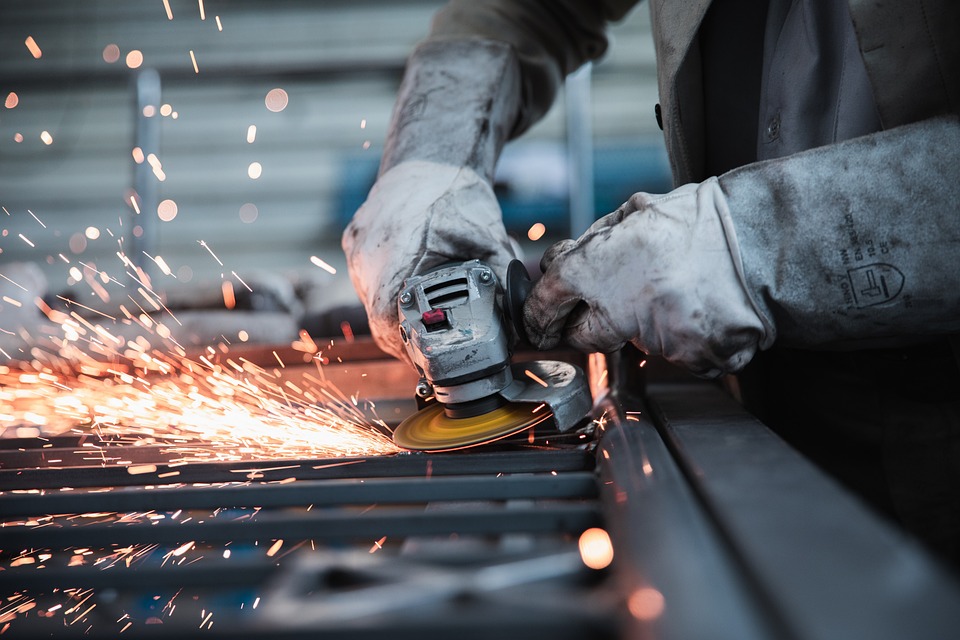
Alloy
A high-tech enterprise focusing on the development and application of X-ray technology products, committed to becoming a leading supplier of X-ray industrial testing solutions.
Exploring the Accuracy and Precision of XRF Spectrometers in Metal Analysis
X-ray fluorescence (XRF) spectroscopy has become an essential tool in the field of metal analysis. It offers non-destructive, rapid, and highly efficient techniques for analyzing the elemental composition of metal samples. However, to fully leverage XRF spectrometers in metal analysis, it’s important to understand the concepts of accuracy and precision, two crucial factors that directly impact the quality of the results. In this article, we will explore the accuracy and precision of XRF spectrometers in metal analysis, examining their significance, challenges, and the factors that influence these two performance metrics.
Understanding Accuracy and Precision in XRF Spectroscopy
Before delving into the specifics, it's important to distinguish between accuracy and precision, as these terms are often used interchangeably but have distinct meanings.
Accuracy refers to how close the measured value is to the true or accepted value of the sample’s elemental concentration. In metal analysis, this means how closely the XRF spectrometer’s reading matches the actual composition of the sample.

Precision, on the other hand, is a measure of the consistency or repeatability of measurements under the same conditions. A precise spectrometer will yield similar results for the same sample when measurements are repeated.
For XRF spectrometers, both high accuracy and precision are essential for reliable metal analysis, particularly in industries such as mining, recycling, and manufacturing, where the exact composition of materials is critical.
Factors Affecting the Accuracy and Precision of XRF Spectrometers
Several factors can influence the accuracy and precision of XRF spectrometers when analyzing metal samples. These include the sample preparation, the design of the spectrometer, environmental conditions, and the calibration of the equipment.
1. Sample Preparation
The quality of sample preparation is one of the most important factors in determining the accuracy and precision of XRF results. Inaccurate or inconsistent sample preparation can lead to significant measurement errors. Factors such as surface roughness, homogeneity of the sample, and sample thickness can all influence the accuracy of the analysis. Properly prepared samples that are uniformly sized and polished will ensure more accurate and precise results.
2. Instrument Calibration
Accurate calibration is crucial for obtaining reliable results from XRF spectrometers. The spectrometer must be calibrated with known reference standards that match the expected elements and concentrations in the sample. The calibration process corrects for any inherent instrument errors and compensates for variations in detector efficiency. Poor calibration can lead to both inaccurate and imprecise measurements.
3. Elemental Interference
XRF spectrometers work by detecting the characteristic X-rays emitted by elements when exposed to a high-energy X-ray source. However, certain elements may have overlapping peaks or interference from other elements, leading to errors in the measurement. While modern XRF instruments often have software that can correct for these interferences, unaccounted interference can still affect the accuracy and precision of the results.
4. Environmental Conditions
Environmental factors such as temperature, humidity, and sample positioning can all influence the performance of XRF spectrometers. For example, temperature variations can impact the sensitivity and response of the detector, leading to changes in measurement accuracy. Additionally, even slight shifts in sample positioning can cause significant variations in readings, affecting precision. To minimize environmental impact, XRF analysis should ideally be performed under controlled conditions.
5. Detector Resolution and Geometry
The resolution and geometry of the XRF detector are vital for achieving both high accuracy and precision. Higher resolution detectors provide better differentiation of elemental peaks, enabling the spectrometer to distinguish between closely related elements more accurately. The geometry of the X-ray source and detector also plays a role in how well the instrument can focus on specific areas of the sample, improving measurement consistency.
Improving Accuracy and Precision in XRF Analysis
To ensure high accuracy and precision in XRF analysis, several best practices can be employed:
1. Regular Calibration
Regularly calibrating the XRF spectrometer with certified reference materials (CRMs) is one of the most effective ways to maintain accuracy. This helps correct for any drift in the instrument’s performance over time and ensures that it remains aligned with known standards.
2. Standardizing Sample Preparation
Developing standardized procedures for sample preparation can reduce variability and improve precision. Ensuring consistent sample size, surface treatment, and positioning can significantly impact the reliability of the results.
3. Using Advanced Software for Elemental Interference Correction
Modern XRF spectrometers come equipped with sophisticated software that can detect and correct for potential interferences. Utilizing the latest software versions and algorithms can minimize errors due to elemental overlap, enhancing both accuracy and precision.
4. Conducting Multiple Measurements
To assess the precision of the XRF spectrometer, it’s useful to conduct multiple measurements on the same sample. Taking an average of these measurements will provide a more accurate representation of the sample’s true composition while helping to identify any inconsistencies in the analysis.
5. Calibrating for Specific Elements
In cases where the analysis focuses on specific metals or alloys, performing element-specific calibration can improve both accuracy and precision. Custom calibrations tailored to the particular composition of the sample will ensure more reliable results.

Terras PI900E Handheld Alloy Analyzer
From industrial alloy verification to archaeological artifact analysis, XRF spectrometry-Pi 900E provides non-destructive, multi-element detection (Mg–U) in minutes. Its core technology—exciting atoms with X-rays and measuring emitted fluorescence—powers applications in mining (ore grading), manufacturing (RoHS compliance), and environmental science (soil/water testing). Compact, user-friendly designs with real-time connectivity (Wi-Fi/software) ensure adaptability across labs, factories, and remote sites.
Conclusion
The accuracy and precision of XRF spectrometers are crucial factors in ensuring reliable and meaningful metal analysis. By understanding the various factors that influence these aspects and employing best practices to mitigate errors, users can optimize the performance of their XRF equipment. With ongoing advancements in technology, XRF spectrometers continue to offer an invaluable tool for industries that require fast, accurate, and non-destructive analysis of metals, helping to streamline processes and improve quality control.
As industries continue to prioritize efficiency and sustainability, the role of XRF spectrometers in metal analysis will only grow, making it essential to maintain high standards of accuracy and precision to meet the demands of modern manufacturing, recycling, and material science.
Join Us
Subscribe to our email list for updates & promotions.



